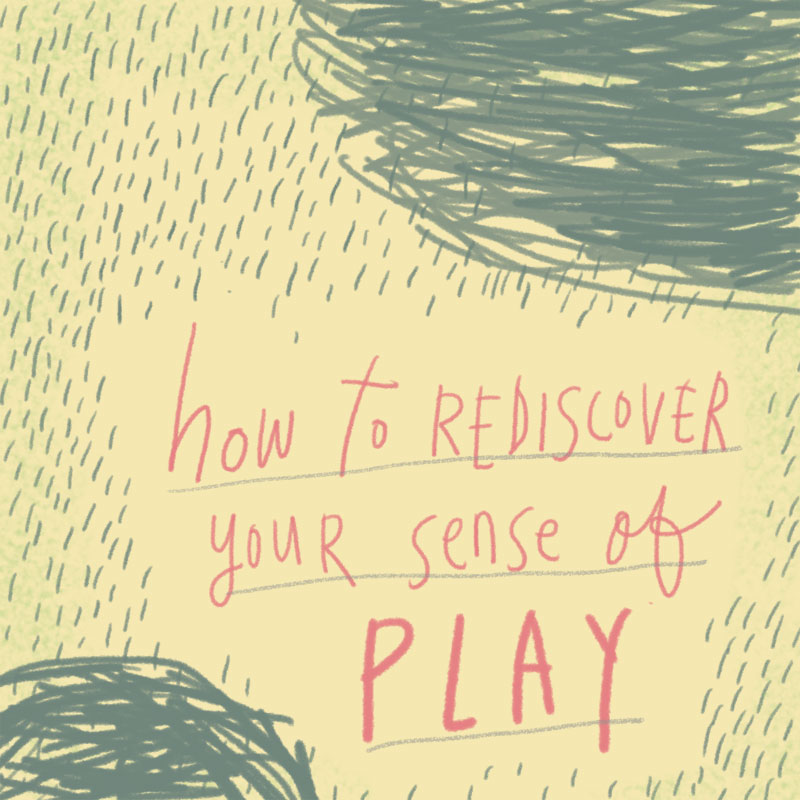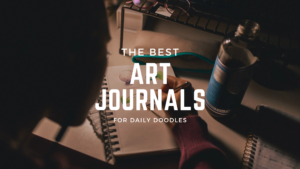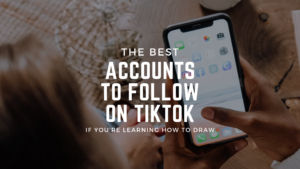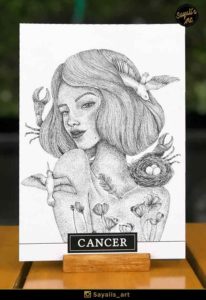They say as we grow into adulthood, we tend to lose our sense of play.
We’re supposed to be all serious, because we’re no longer kids. Grow up they said. Playtime is for kids they said. Perhaps they might be referring to the foam floors and colourful surrounds of a bouncing castle. But in doing so they took away the safe space within our minds and hearts. And so we strip ourselves of the proverbial foam mats that allow us to bounce and tumble to our heart’s delight. We skin our knee and scrape our elbows. They laugh and jeer. We cower away. And so little by little we forget. We build walls to appear stronger, more serious, more adult; inadvertently locking out the things that makes us happy.
According to Scott G. Eberle, Ph.D, vice president for play studies at The Strong and editor of the American Journal of Play: “Defining play is difficult because it’s a moving target. [It’s] a process, not a thing. In between you find surprise, pleasure, understanding — as skill and empathy — and strength of mind, body, and spirit.”
Play, to me, is all about being clued in, and yet totally open to whatever happens. A surprise. A discovery. An eureka moment that leaves a shiver of excitement down my spine and a noticeable spring in my step. It differs from one person to another – perhaps you might have sweaty palms and then a quick burst of cold sweat that soon disappears, leaving a warm sensation that courses through your body. A hint of a smile that forms on your lips. A twinkle in your eye.

(Above by Brian Rea)
But how can you actively recreate moments of play? It’s a word that can sometimes baffle. Adults will tell kids to go outside and play, because going outside is one of the ways for kids to discover magical things. A backyard is a wonderland. That stretch of lawn is a landing strip. That old tree is a fortress. Tell adults to go outside and play, and you’ll get weird looks instead. What can I play with? Should I even be outside?
The question isn’t about having to go elsewhere to stimulate your senses (that almost often works by itself). More importantly, how can we recreate a sense of play within ourselves? How can we let our minds wander like a kid running through an amusement park for the first time? How can we extend our hands to feel the imaginary breeze running through our fingers as we dance in an open field?
How can we recreate an imaginary playground within our minds?
Here’s what author and psychiatrist Stuart Brown recommends: “So what I would encourage on an individual level to do, is to explore backwards as far as you can go to the most clear, joyful, playful image that you have, whether it’s with a toy, on a birthday or on a vacation. And begin to build to build from the emotion of that into how that connects with your life now. And you’ll find, you may change jobs — which has happened to a number people when I’ve had them do this — in order to be more empowered through their play. Or you’ll be able to enrich your life by prioritizing it and paying attention to it.”
For most people, they recognise their state of play from childhood. We’re not talking about just physical play – it’s the joyful, happy, gleeful moments that can envelope your whole being: imagining new ideas. Fantasising about situations that might or might not happen. Drawing for no one but yourself. Listening or creating music. Dancing like no one is watching. That’s play.
Brown also called play a “state of being,” “purposeless, fun and pleasurable.” For the most part, the focus is on the actual experience, not on accomplishing a goal. And so playing is for its own sake – it doesn’t have to have a particular purpose. If it does, then it’s almost certainly not play.
We’re always going faster and faster – not stopping or taking a breather. With so many things happening at once, now and in the future; who has time to look back? But you have to look back to find yourself. Because we sometimes forget.
We forget how to laugh or smile.
We forget what makes us happy.
We forget our strengths.
We forget what we’re great at.
We learn to tolerate the little things that make up life. And yet along the way we allow the most important bits of ourselves to slip away. And so we lose confidence. We lose sight of ourselves.
Because we forgot how to play.
Open up your sketchbook. Instead of filling up new pages, how about taking a look back at the marks you’ve left over the years? What are they trying to tell you? What stands out consistently in between the pages of your sketchbooks? Open all of them up. Surround yourself in them, and drink them all in. Look. Squint. Feel.
If you look hard enough, you might just rediscover your personal style peeking through the pages. It’s already there all along. Your strengths. And your purpose.
The question then becomes: how would your being, your life and your work look like when you infuse it consistently with play? When you feel light, inspired and unafraid?
That’s an answer that only you can provide.
———————-
This is a process that I insist that everyone must go through to rediscover themselves in my online course Work/Art/Play. The results are often surprising – even to students themselves. So if you’re keen to know more on rediscovering yourself and to find ways to create work that fills you up creatively and speaks to others, take a look at our syllabus and see if it’s right for you. Enrolment ends this Friday, 7th August.





